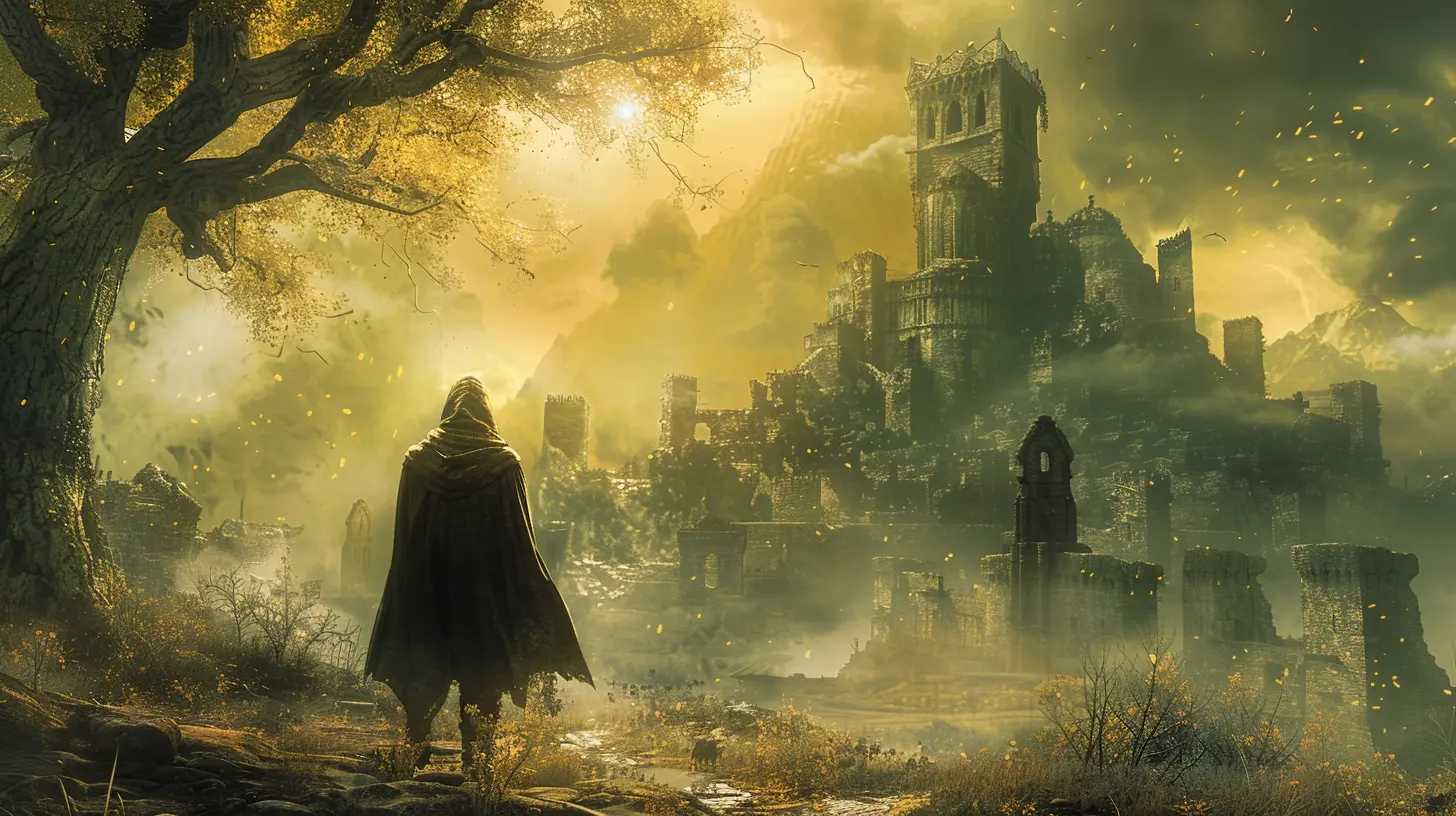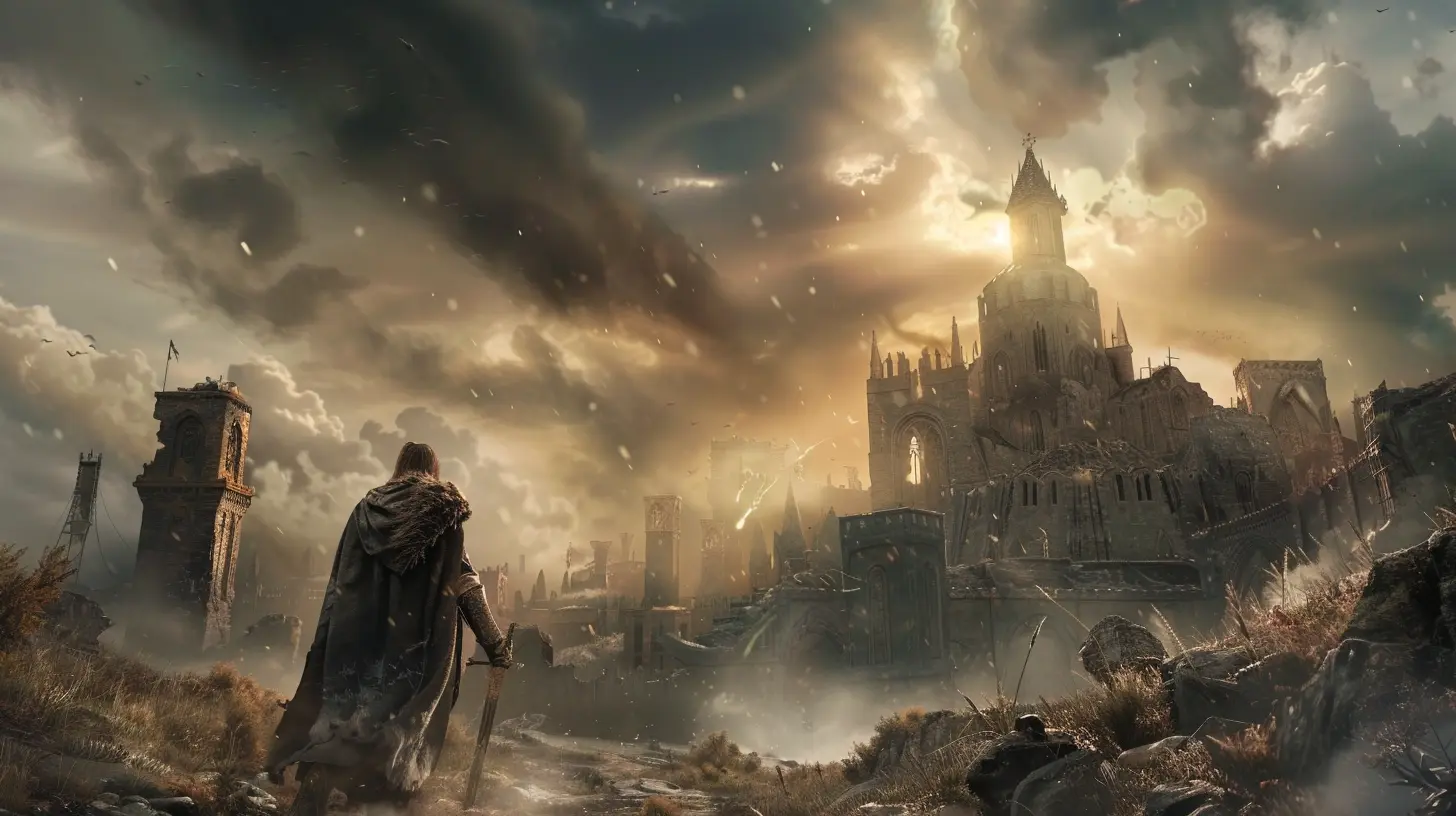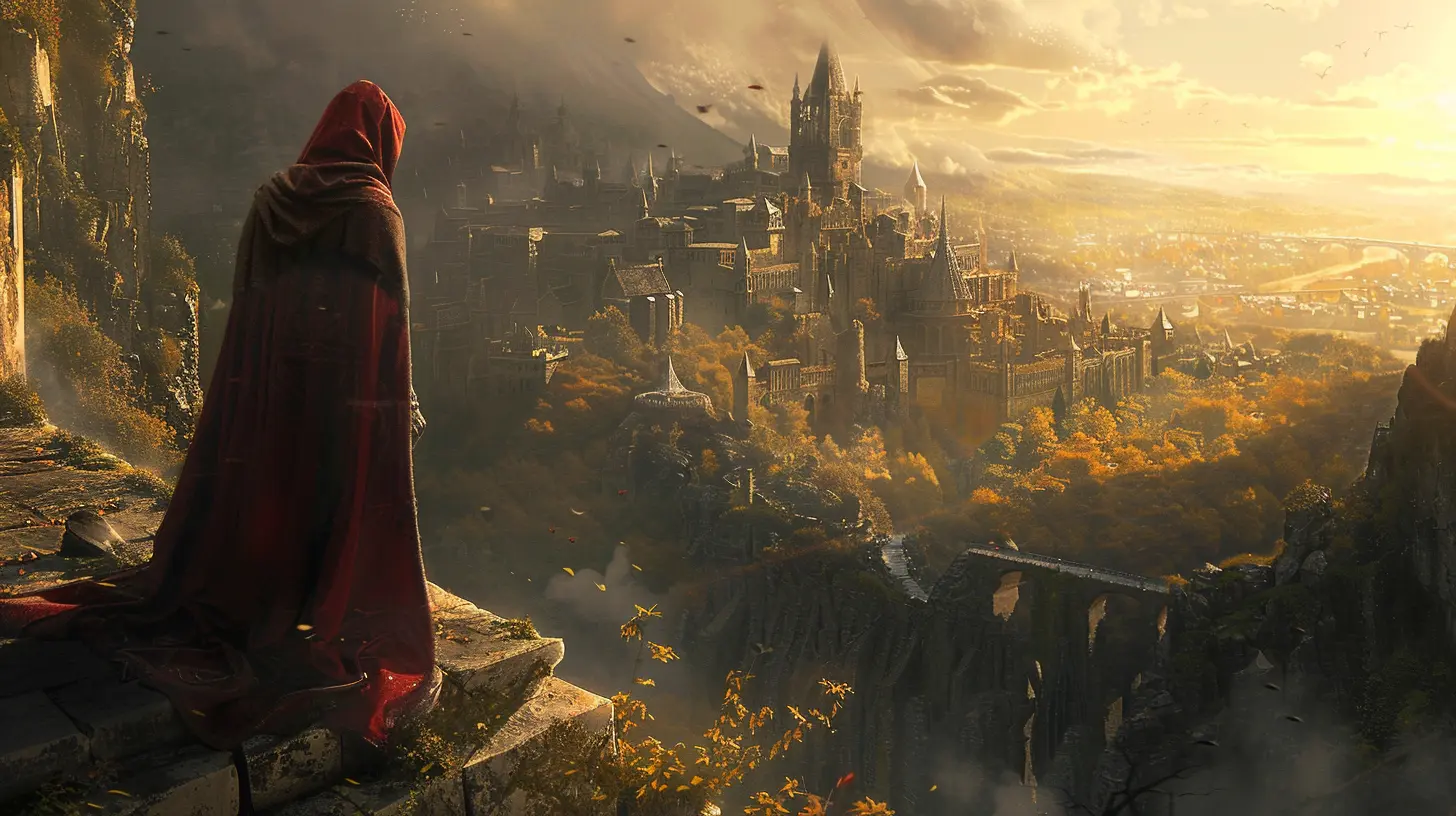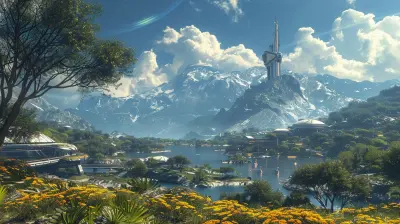What the Ending of Elden Ring Really Means for the Lands Between
10 November 2025
FromSoftware’s Elden Ring is a layered tapestry of lore, mystery, and choices that stick with you long after you’ve put the controller down. And if you’ve reached the end, congratulations — not only did you survive the brutal gauntlet from Limgrave to the Erdtree, but you also made some seriously heavy decisions that shape the fate of the Lands Between. But what does it all mean? What’s really going on beneath the surface of those cryptic cutscenes and ancient dialogues?
Let’s break it down and shed some light on what the ending of Elden Ring actually represents — from a lore perspective and a thematic one. Get comfy, Tarnished. We’re diving deep.
First Things First: A Quick Recap of the Main Plot
Let’s rewind for just a second. If you’ve been neck-deep in bosses, runes, and cryptic NPCs, you might need a refresher.In Elden Ring, you take on the role of the Tarnished — an exile summoned back to the Lands Between to mend the shattered Elden Ring and become Elden Lord. The world is fractured, its divine order disrupted by demigods squabbling over the fragments of the Ring, known as Great Runes.
The central power here is the Greater Will, an Outer God that once imposed the Golden Order on the land. Your journey revolves around restoring, rejecting, or reshaping this order based on which characters (and endings) you align with.
Now that we’ve got that straight, let’s get into the juicy stuff.
Why Are There Multiple Endings?
You might’ve noticed Elden Ring doesn’t exactly hand you a "canon" ending. That’s intentional. There are six different endings, each representing a different philosophy or power taking control of the Lands Between.This variety isn’t just for replayability (though, let’s be honest, it’s a smart move); it’s about giving players the power to shape the world’s fate. It reflects the game’s deeper themes — choice, freedom, identity, and the cost of power.
Think of it like this: the world is broken, and you’re the glue. But what kind of glue are you using? Something traditional and safe? Or something volatile that burns everything down first?
The Main Endings — And What They Mean
Let’s walk through the major endings one-by-one and unpack what each might say about the future of the Lands Between.🌟 The Age of Fracture: Business as Usual
This is the default ending — the path of least resistance. You mend the Elden Ring, become Elden Lord, and uphold the Greater Will’s Golden Order.At first glance, it feels like a “true ending.” You fixed what was broken, right? But it’s more nuanced than that. The Golden Order, for all its shimmering aesthetic, is deeply flawed. It thrives on hierarchy, divine manipulation, and suppression of other beliefs and races. So restoring it might not be the happy ending it seems.
What it really means: You’ve chosen stability over change. It's like sticking a band-aid on a broken system just because it's familiar.
🔥 The Age of Duskborn: Death Reclaimed
In this path, you side with Fia, the Deathbed Companion. You bring back the Rune of the Death-Prince and rewrite the laws so that death — the natural kind — returns to the world.Sounds dark? Maybe. But remember: in the world of Elden Ring, death was removed from the cycle. People exist in a weird immortal limbo, and death became a taboo stolen by the Greater Will. Restoring it brings balance and peace — in a poetic, bittersweet way.
What it really means: You’re rebelling against divine control and restoring the world’s natural order. It's morbid, sure, but mature in its acceptance of mortality.
🐍 The Age of the Frenzied Flame: Burn It All
This one’s… well, it’s chaos personified. Aligning with the Three Fingers and embracing the Frenzied Flame means you reject the Golden Order so hard that you literally burn the world down.Yeah, no metaphor here. You bring an apocalypse of madness and fire, wiping the slate clean. It's the most extreme ending, and maybe the most terrifying.
What it really means: A complete rejection of control, order, and divine manipulation. You’re choosing freedom through destruction. Not exactly a peaceful vibe, but it’s powerful in its own twisted way.
🌕 The Age of Stars: Ranni’s Dark Romance
This fan-favorite ending sees you siding with Ranni the Witch and slaying the Greater Will’s influence, removing it from the Lands Between completely. You become her consort, and she ushers in a new age — one guided by the moon, dreams, and distant stars.This isn’t a happy-ever-after, though. Ranni’s vision is cold, distant, and unknowable. It’s cosmic and alien. But it's also free from the oppressive hand of the Erdtree.
What it really means: Liberation through mystery and independence. You've chosen a new kind of order — one based on the unknown, not divine control.
🌌 Blessing of Despair: Serving the Dung Eater
Yikes. This ending is as gross as it sounds. You help the Dung Eater spread the seedbed curse across the world, damning everyone to a cursed, undying existence full of rot and despair.It's the darkest route, and probably the most nihilistic one too.
What it really means: You’re embodying pure nihilism — a rejection of life, hope, and rebuilding. It's a middle finger to the world itself.
🔮 Lord of the Frenzied Flame (Alternate): Redemption Version
If you somehow embrace the Frenzied Flame then find a way to get rid of it (thanks to Miquella’s Needle), you can go back to a traditional ending path. It's a redemption arc, of sorts.What it really means: Even when you go to the brink of madness, there’s a chance to turn back. It's a story of balance — about learning from chaos rather than diving into it headfirst.
What Does It All Say About the Lands Between?
Every ending, no matter how insane or noble, is a commentary on the broken systems within Elden Ring’s world.The Lands Between isn’t just a fantasy land full of dragons and demi-gods — it’s a symbol of a world clinging to outdated dogmas, celestial control, and rigid hierarchies. The shattered Elden Ring represents the collapse of that system. As Tarnished, you stand at the crossroads, offering either restoration, rejection, or reinvention.
Let’s break it down a bit more.
🎭 Theme 1: Divine Control vs. Free Will
The Greater Will is like an absentee landlord. It set the rules, left its agents (like Marika and Radagon) to enforce them, and dipped. Sound familiar?Every ending gives you a chance to either keep obeying those rules or chuck them out the window. Ranni’s path and the Frenzied Flame represent the extremes of freedom — one measured and strategic, the other pure chaos.
🧬 Theme 2: Mortality and the Natural Order
Death is a central thread in Elden Ring. In a world where death has been tampered with, you start to see how unnatural immortality truly is.Endings like Duskborn bring death back into the cycle — not as punishment, but as part of life’s rhythm. That’s some deep existential stuff right there.
💣 Theme 3: Revolution vs. Reformation
The choice between patching up the system or starting anew is at the heart of every ending. Do you work within the old rules (Age of Fracture)? Do you tweak a few laws (Duskborn)? Or do you burn the whole book (Frenzied Flame)?The Lands Between is ready for change. The real question is: what kind of change?
From Ashes to Meaning: Finding Your Own Ending
Here’s the kicker: there’s no “right” ending. Elden Ring doesn’t judge. It hands you a broken world and asks, "What will you do with this?"Your ending reflects you — your values, your choices, and your tolerance for risk and ambition. Maybe you craved chaos, or maybe you just wanted to bring peace back to a tortured land. There’s beauty in that subjectivity.
Plus, everything in Elden Ring — from item descriptions to boss fights — is built to reinforce one thing: the story isn’t about gods or runes. It’s about you.
So, What’s Next?
FromSoftware hasn’t announced a direct sequel, but with how big Elden Ring is, plus DLC on the horizon (Shadow of the Erdtree, anyone?), the story is far from over.We might see new narratives expanding on the consequences of each ending. Or perhaps, a totally new perspective will emerge — maybe even from the ashes of the Frenzied Flame itself.
Whatever comes, the Lands Between will never be the same. And neither will we.
Final Thoughts
So, what does the ending of Elden Ring really mean for the Lands Between? It means the end of stagnation. It means change — for better or worse. And it means we, as players, are the authors of that change.Whether you chose order, chaos, mystery, or despair, your journey reshaped the very fabric of this hauntingly beautiful world. And that’s pretty magical when you think about it.
Now, go out there and start New Game+. There’s always more to uncover.
all images in this post were generated using AI tools
Category:
Game Endings ExplainedAuthor:

Pascal Jennings
Discussion
rate this article
1 comments
Rachel McMillen
Ah, the Lands Between: where the plot twists hit harder than a rogue Radahn arrow! If only we could trade our runes for a map to decipher this cosmic riddle. I'm just here hoping my tarnished character can finally get a decent meal — preferably without facing a dragon!
November 10, 2025 at 5:06 AM

Pascal Jennings
Thanks for your insightful comment! The Lands Between certainly dish out surprises, and I share your hope for a peaceful meal amidst the chaos. Here’s to deciphering those cosmic riddles!


